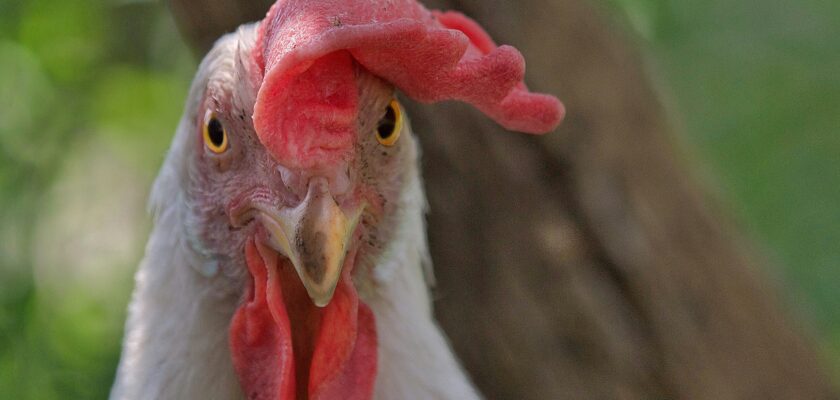Introduction
Chicken wattles are the fleshy, red, dangling growths found beneath a chicken’s beak. They consist mainly of skin tissue and blood vessels, making them highly sensitive to changes in the bird’s environment and overall health. Wattles vary widely in size and color, depending on breed, sex, age, and health.
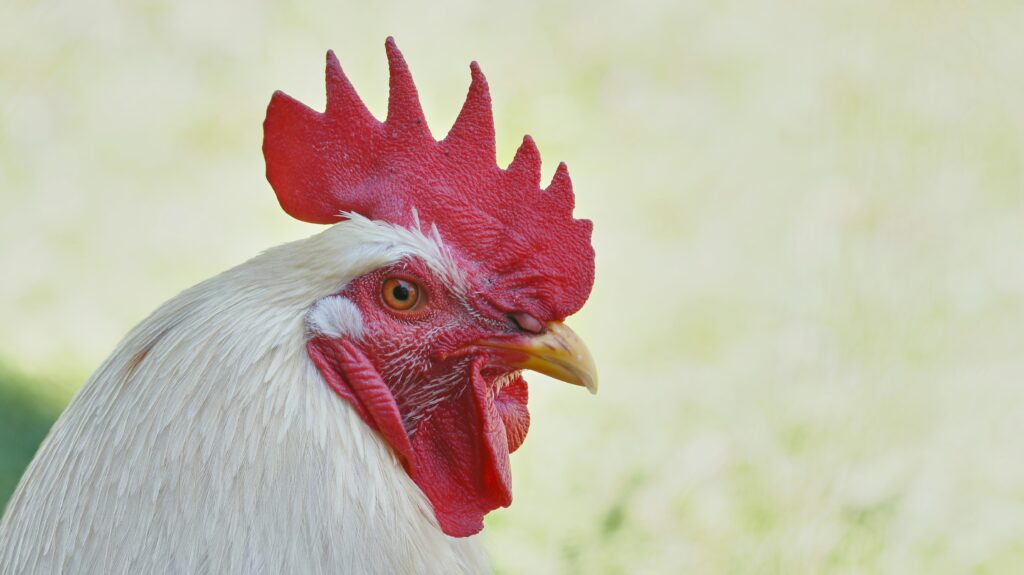
Photo by Wolfgang Hasselmann on Unsplash
What Does a Chicken Wattle Look Like?
Chicken wattles typically appear bright red and hang loosely below the lower beak. They’re smooth, soft, and flexible. Male chickens (roosters) usually possess larger, more pronounced wattles compared to hens.
Differences Between Combs and Wattles
It’s common to confuse wattles with combs. While combs are fleshy, red crests on top of a chicken’s head, wattles hang beneath the chin. Both are essential in thermoregulation and mate attraction.
| Feature | Comb | Wattle |
| Position | On top of the head | Under the beak/chin |
| Shape | Varies widely (single, pea, rose) | Typically elongated, dangling |
| Size | Larger and prominent | Smaller, softer, hanging |
Main Functions of a Chicken’s Wattle
Temperature Regulation
Wattles are vital in helping chickens regulate their body temperature. Blood flows through these fleshy areas, dissipating excess body heat, especially in warmer weather. During cold conditions, wattles shrink slightly, reducing heat loss.
Mate Attraction
Large, vibrant wattles signal health and vitality, making chickens attractive mates. Roosters with larger wattles are often more successful in attracting hens, signifying strong genetic traits and robust health.
Developmental Stages of Chicken Wattles
Wattle development occurs gradually. At birth, wattles are barely noticeable. By approximately 8-12 weeks, wattles begin to grow visibly, becoming fully developed by adulthood (around 5-7 months).
Factors Influencing Wattle Size
- Breed: Certain breeds naturally develop larger wattles (e.g., Leghorns, Rhode Island Reds).
- Sex: Roosters have significantly larger wattles compared to hens.
- Health and Diet: Nutritional deficiencies and health issues can stunt or impact wattle development.
Chicken Wattles as Health Indicators
Wattles reflect overall chicken health. Bright red, plump wattles indicate good health, while pale, shriveled, or swollen wattles may suggest health concerns.
Common Health Issues Affecting Wattles
- Fowl Cholera: Causes swollen, discolored wattles.
- Frostbite: Common in colder climates; leads to discoloration or tissue damage.
- Avian Pox: Presents wart-like lesions on wattles.
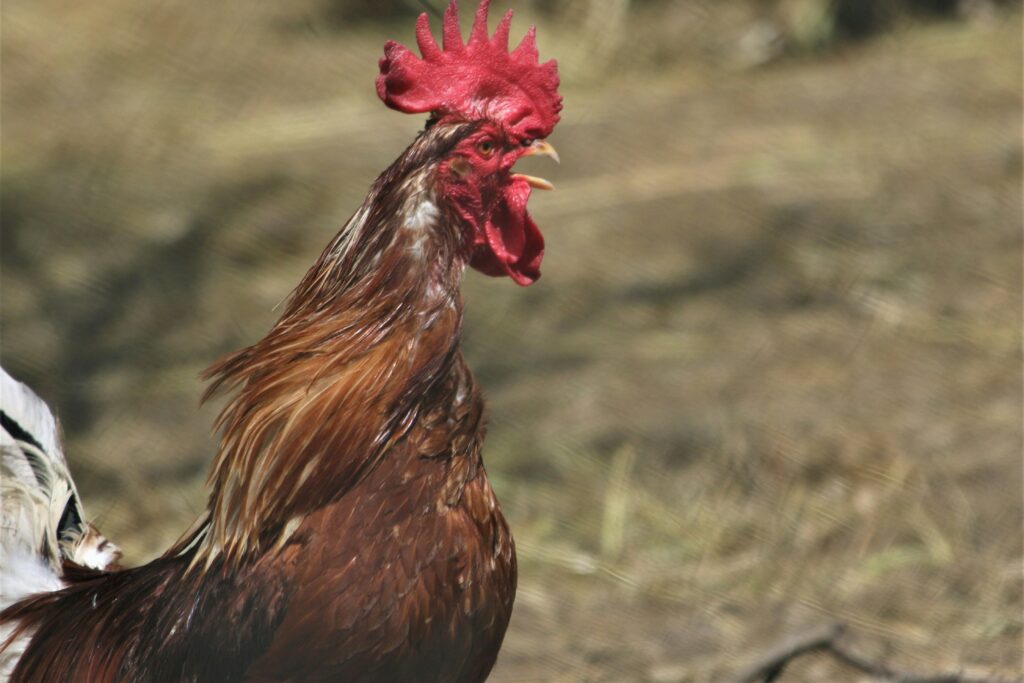
Photo by Camerauthor Photos on Unsplash
Wattle Variations Among Chicken Breeds
Breeds significantly impact wattle appearance, size, and prominence.
Breeds with Prominent Wattles
- Leghorn: Known for large, brightly colored wattles.
- Rhode Island Red: Robust wattles, reflecting strong health.
- Australorp: Moderately large wattles, indicative of breed standards.
How to Maintain Healthy Wattles
Ensuring healthy wattles involves regular care and environmental adjustments:
- Provide adequate nutrition, rich in vitamins and minerals.
- Maintain clean living conditions to prevent infections.
- Protect chickens from extreme weather conditions.
Signs Your Chicken’s Wattles Need Care
- Sudden paleness or discoloration
- Excessive swelling or lesions
- Behavioral changes, like lethargy or loss of appetite
7 Fascinating Chicken Wattle Facts
- Heat Indicator: Bright red wattles indicate higher body temperature.
- Social Status: Chickens with larger wattles often dominate in pecking orders.
- Sensitive to Stress: Wattles can quickly change color in response to stress.
- Rapid Healing: Wattles possess impressive regenerative capabilities.
- Breed Identification: Wattles help quickly distinguish between chicken breeds.
- Vital for Courtship: Chickens use wattles extensively during mating rituals.
- Adaptive Evolution: Wattles evolved to enhance survival in varied climates.
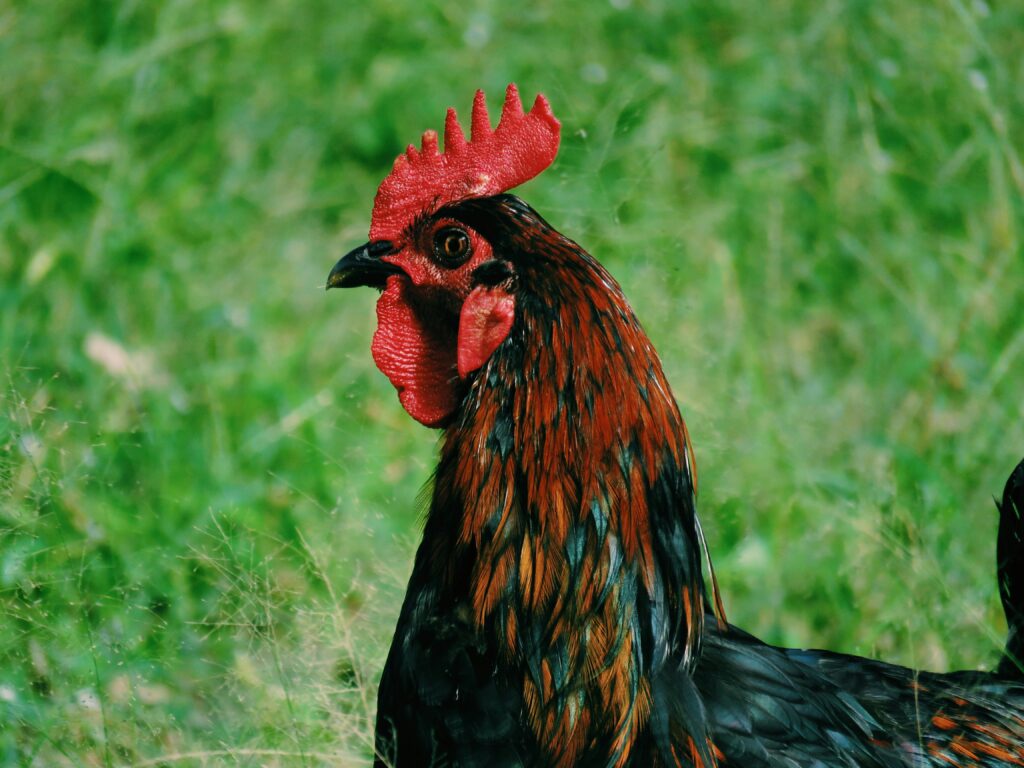
Photo by Oscar Dario on Unsplash
Frequently Asked Questions (FAQs)
1. What causes chicken wattles to become pale?
Pale wattles often indicate anemia, parasites, nutritional deficiencies, or stress. Immediate veterinary attention may be required.
2. Can chicken wattles regrow if injured?
Yes, wattles can partially regenerate after minor injuries but severe damage may cause permanent loss or scarring.
3. Are larger wattles always healthier?
Typically, yes. Large, bright wattles often indicate robust health, but excessive growth could signal hormonal imbalances.
4. Do hens have wattles too?
Yes, hens possess wattles, but they are usually smaller and less prominent than those of roosters.
5. How can you prevent frostbite on wattles?
Applying petroleum jelly in cold weather and ensuring adequate shelter prevents frostbite effectively.
6. What breeds have the largest wattles?
Leghorns and Rhode Island Reds are well-known for their notably large and vibrant wattles.
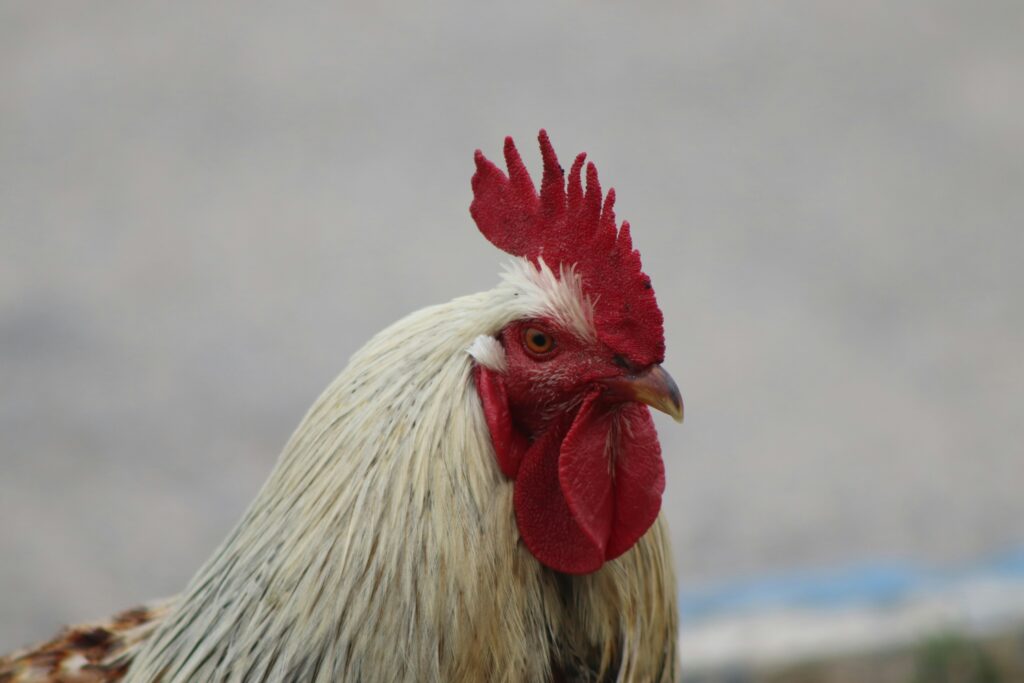
Photo by Amirmoein Chizari on Unsplash
Conclusion
Understanding “what is a wattle on a chicken” goes beyond simple curiosity—it’s essential for maintaining poultry health, breeding effectively, and recognizing key signs of health issues early. With proper care, attention, and awareness of their wattles, chickens thrive better, offering productivity and companionship to their caretakers. By integrating knowledge about wattles into daily chicken care, poultry owners ensure happier, healthier birds and a more productive flock overall.
